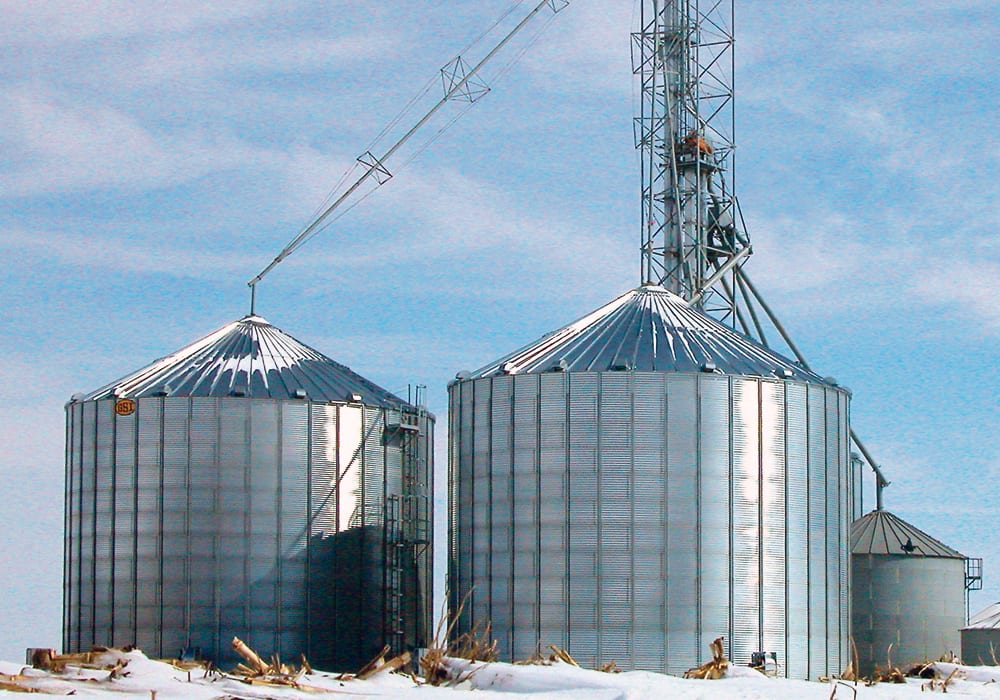You’ve already invested the money to grow, protect and harvest the crop. Don’t let potential dollar returns slip away this winter while your grain’s in storage.
It may seem obvious that there are certain steps you should take to protect the quality and thus the value of your stored grain. However, in the rush to get everything buttoned up before the real winter weather arrives, some things can be overlooked or pushed to the back shelf.
Neglecting simple procedures can end up costing a lot of money when it’s time to ship, says GSI grain conditioning specialist Gary Woodruff. As a reminder, he offers these eight recommendations.
Read Also

Taking a look inside Canada’s seed regulatory overhaul
ive years, eight task teams, 130 volunteers and 135 recommendations later, Canada’s seed industry is still waiting for meaningful regulatory change.
- Store grain at a safe moisture level. “There’s a common misperception that grain can be held above 15 percent moisture without risking quality,” said Woodruff. Not true. He recommends that moisture not exceed 15 percent for storage through the following spring, no higher than 14 percent through the following fall and 13 percent for a full year.
- Run your aeration fans as grain enters the bin to equalize kernel grain moisture. This typically takes five to 10 days and puts grain in the best shape to store safely. “It’s important to watch the ambient temperature and use aeration fans to get the grain temperature below 10 C as soon as possible. Nearly all insect and mould activity ceases below this temperature.”
- Soon after harvest, pull down peaked grain so you have a depression at the top, and the centre is just below the grain at the bin wall. From a side profile, the grain will look somewhat like the letter M, thus promoting air movement in the centre.
- “Leave the grain cold only if it will be delivered before June,” Woodruff said. “Make sure you seal the fan entrances and discharge opening to keep high humidity air out. If you are not leaving grain cold or if you’re storing past June, maintain grain temperatures within (12 to 15C) of the outside air to avoid condensation on grain bin interiors.”
- Check grain weekly. Climb to the top of the bin, without entering, and observe whether there is a crust or any noticeable smell. An increase in surface moisture usually is the first sign of problems.
- Don’t completely empty one bin at a time. When it’s time to ship, take partial amounts from multiple bins to form the letter M and move the remaining grain around within the bin. “That not only promotes air movement but also reduces the risk of grain plugging the discharge.”
- Woodruff said that in corn regions, stalk quality might have been compromised by disease and excessive rainfall. “This can lead to downed corn, resulting in mould and dirt that create additional storage issues. In other areas, corn has dried down much more quickly this season due to hot, dry weather. Very dry corn left in the field too long increases grain loss exponentially.”
- For out-of-condition grain issues that cannot be remedied by aeration, the only fix is to unload the bin down to where the affected grain can be removed. “This likely means the grain will have to be marketed early and poor grain quality may receive a dock at the elevator.”
















